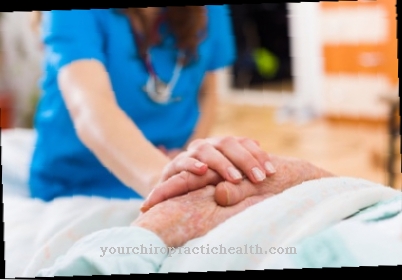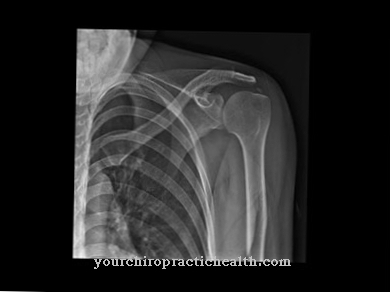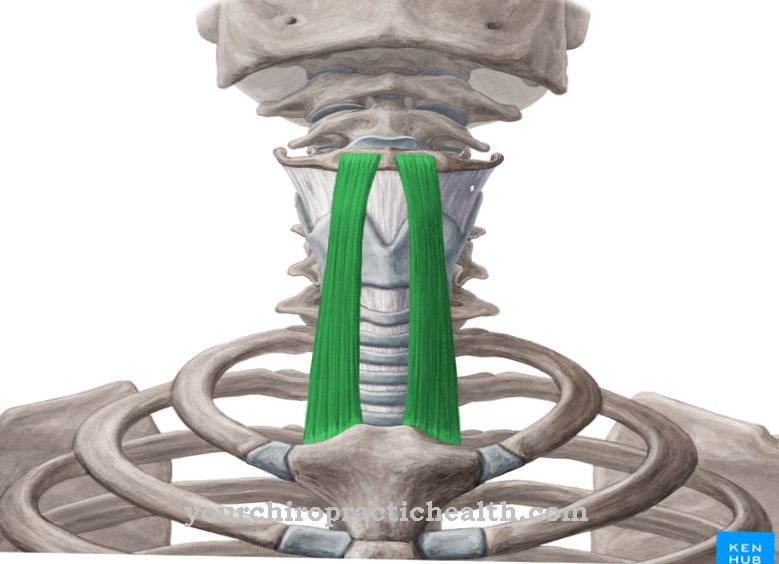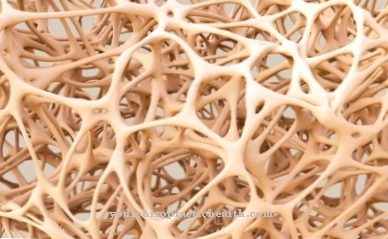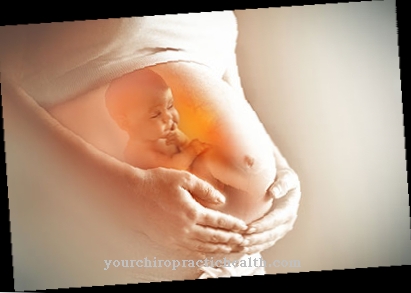The Dengue virus triggers a disease that causes severe muscle and bone pain as well as fever lasting several days. This dengue fever is transmitted by various mosquitoes.
What is the Dengue Virus?
The infection is prevalent in tropical and subtropical countries. Dengue viruses belong to the genus of flaviviruses and are divided into four subgroups (DENV-1 to DENV-4). They are commonly transmitted to mammals and birds by ticks and mosquitoes (arthropods). The generic name is derived from yellow fever (Latin "flavus" - yellow).
In addition to dengue fever, these viruses also cause encephalitis and meningoencephalitis as well as West Nile fever. In addition, people can contract hemorrhagic dengue fever (dengue shock syndrome), which is life-threatening and mainly occurs in children. Fortunately, however, it is not often encountered.
Occurrence, distribution and properties
The vectors (carriers) of dengue fever are insects such as the yellow fever mosquito, the Asian and the Polynesian tiger mosquito. It has been observed that the Asian tiger mosquito in particular has expanded its range of action to Europe over the last few years. According to recent findings, some other types of mosquito are also possible for the spread of dengue fever.
The viruses are passed on by the bite of infected female mosquitoes. Uninfected mosquitoes in turn receive the virus by sucking blood from people who are already infected. Male mosquitoes are irrelevant in these processes as they are not bloodsuckers.
The dengue virus is mainly spread by mosquitoes in urban areas, mostly near human shelters. The insects prefer to set their stings in the early morning and later in the evening. Their eggs are very resilient and are laid in the smallest of water resources. If a female mosquito is infected with the dengue virus, the pathogen is passed on directly to the offspring.
Nowadays, dengue fever is the viral disease that is most often passed on by mosquitoes. The spread of the infection extends from Southeast Asia via India, Pakistan and Afghanistan to South and Central America, Africa and Australia. The minimum temperature for mosquitoes to survive is around 10 ° C. However, due to global warming, the mosquito population is facilitating the spread of the mosquito population. The first cases of dengue fever have already been registered in southern France and Croatia. On the Portuguese Atlantic island of Madeira, several hundred people fell ill with dengue fever in 2012.
Illnesses & ailments
The disease occurs a few days after infection and leads to sudden, high fever of up to 40 ° C. Joint pain and headaches are often added to the usual muscle and bone pain. The severe discomfort leads to complications when standing and walking.
In addition, there are loss of appetite, diarrhea, vomiting, coughing, nausea, constipation and occasionally swelling of the lymph nodes. Often times, at the beginning of the onset of the disease, the entire skin turns reddish in color. The fever drops somewhat after two to three days, but can then rise again. Occasionally, the nose and gums may bleed. After about a week, however, all abnormalities subside in the normal course without any consequential damage. A certain feeling of exhaustion can remain for a few more weeks.
The severe course, the hemorrhagic dengue fever, may, however, lead to heavy bleeding on the skin and in the gastrointestinal tract. Vomiting of blood and bloody stools often follow. Bleeding in the brain or lungs is even possible. The number of blood platelets (thrombocytes) can drop suddenly. The loss of fluid and blood often leads to life-threatening shock with failure of the circulatory system without medical intervention. These symptoms only show up in 1 - 5% percent of all cases.
According to the World Health Organization (WHO), up to 100 million people worldwide develop dengue fever every year. In Germany, there are only around 300 to 600 cases per year.
Since dengue fever can be brought in from trips abroad, optimal mosquito protection is the most important preventive measure. Arms and legs should always be covered with clothing. A mosquito repellent can be applied to both skin and clothing. A very dense mosquito net and reliable window protection are recommended in bed.
There is no special therapeutic strategy against dengue fever. A vaccine has also not yet been used.
Because of the severe physical pain, dengue fever is sometimes also called Bone breaker disease ("Break-Bone-Fever"). In Germany, the infectious disease is notifiable so that an epidemic can be prevented. However, direct transmission from person to person can be ruled out.
Everyone is advised to drink plenty of fluids and to report abnormal bleeding to a doctor immediately. In addition, drugs such as aspirin or ibuprofen should be avoided as they increase the tendency to bleed.
With good medical control, dengue fever is benign and does not cause any significant damage. Before every trip to risk areas, however, it cannot hurt to find out about current dangers and safe protection.

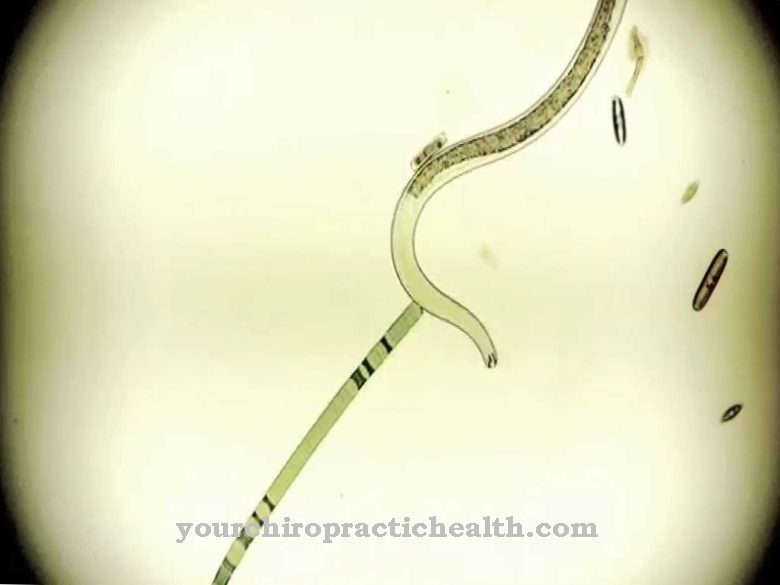


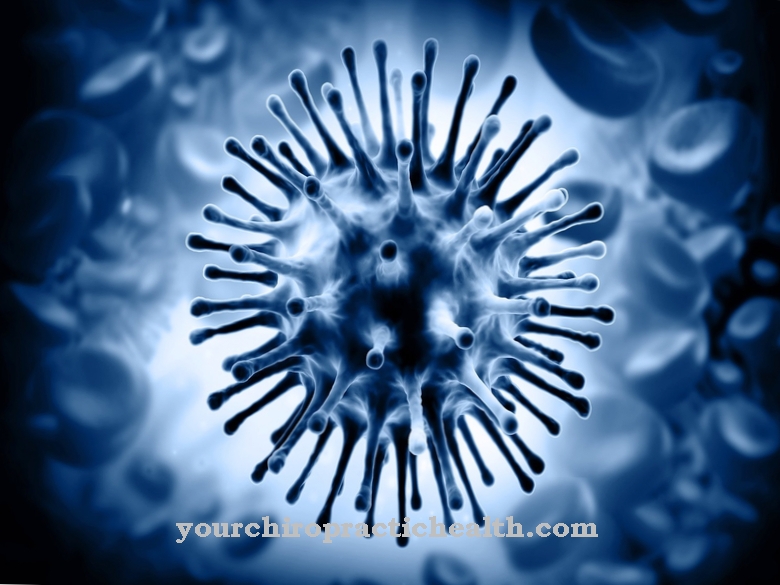

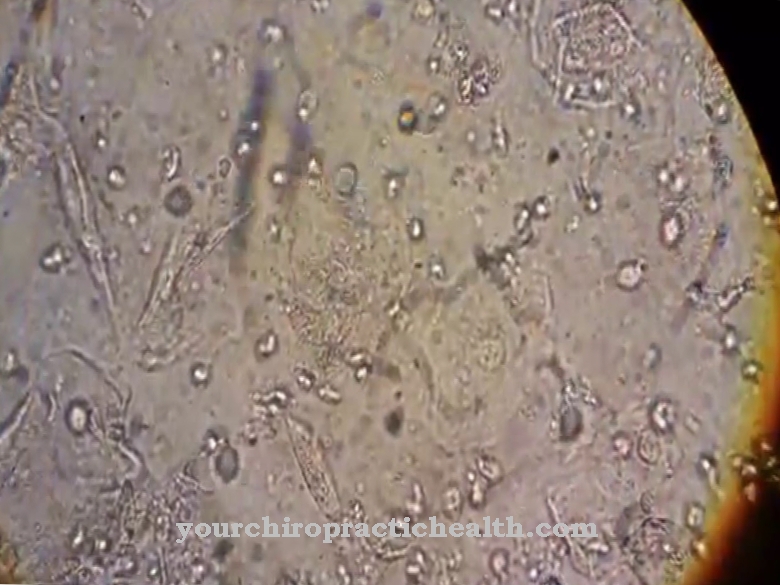

.jpg)





.jpg)


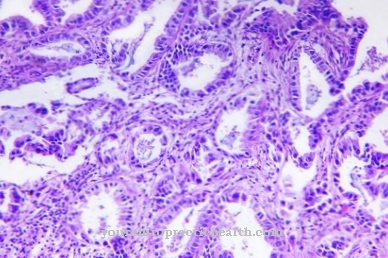



.jpg)
